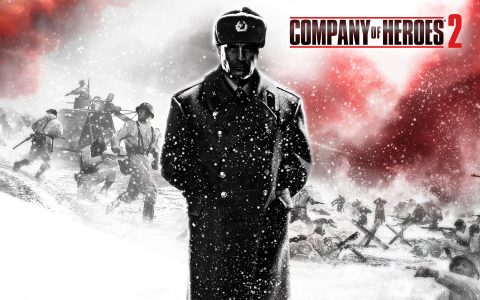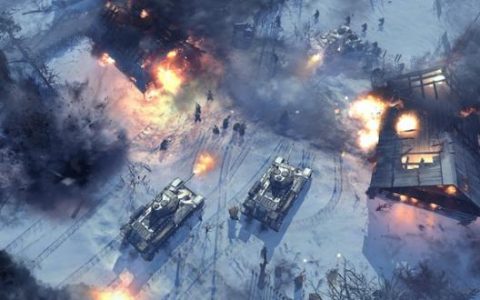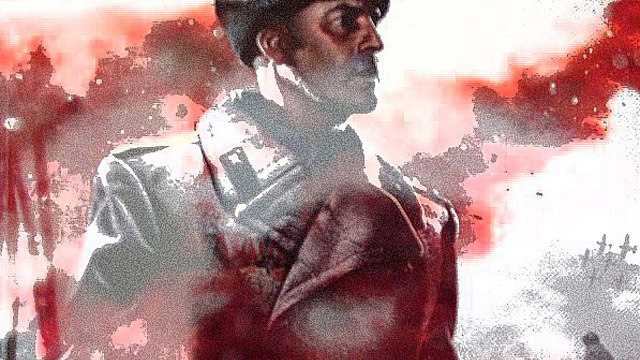
Company of Heroes launched in 2006 with such critical acclaim that demand for a sequel began almost immediately. The title revolutionized the RTS genre, with a tactical focus on gameplay that was as challenging as it was immersive. Has Relic revolutionized the genre yet again with Company of Heroes 2, or is the newest entry a lost cause?
Read on to find out what we thought what was HOT and what was NOT about Company of Heroes 2.
HOT
Mission Visuals and Sound
If you have a machine capable of playing Company of Heroes 2 at its maximum settings and at a decent resolution, then you’re in for a treat. Although not a tremendous graphical upgrade from the already stunning original, Company of Heroes 2 looks fantastic. During the latter missions of the campaign you’ll command a baffling amount of units of a staggeringly large front that even the highest-resolution monitors will not be able to show all at once, and every inch conveys a level of detail that no other RTS title can match. Units animate fluidly and believably across the war-torn Russian landscape as bullets fly, bombs explode, and blood is shed; the hell of war has never looked so beautiful. That being said, this performance does come at a price. If you do not have a powerful machine, be prepared to do some tinkering because Company of Heroes 2 is one demanding game. As tremendous as the visuals are, the audio is perhaps the most impressive aspect of the game’s presentation. When the action really starts to ramp up, you will be exposed to a cacophony that is delightfully disturbing. I found myself becoming actively anxious as the missions ramped up and my ears were assaulted with the sounds of battle. I don’t often find myself putting that much stock into a game’s audio, but that found in Company of Heroes 2 is of such a quality that it bears praise.

Weather
Company of Heroes 2 is not the first game to tout its weather mechanics, but it is one of the few that succeeds in delivering on those promises. The European Front is now infamous for its winters and the impact they played on the warfare, and Relic succeeds in visualizing this impact. When the cold sets in your units will be subject to hypothermia and death and, trust me, watching your soldiers fall to the frozen winter is a sickening feeling. Even lakes freeze over, creating new paths for ground infantry and graves for cocky German tanks. The whole system is well-done, and adds an impressive layer of realism to the game in a really immersive way.
Multiplayer
If you’re a fan of the original Company of Heroes (and let’s be honest, you should be), then you’ll be right at home with the multiplayer in Company of Heroes 2. You build a base, gather resources, buy upgrades, and attack the enemy or take capture-points. It’s all very, very, similar to the original game, but that’s a good thing here. Like StarCraft II, a fine RTS doesn’t need to rock the boat and change what was already excellent. Perhaps a bit more innovation would have been better sure, but once you’re in a heated match online, that won’t really bother you. Taking on your opponent, be it through direct combat or through a clever capture of vital territory, is thrilling and challenging on an intellectual level. This is the thinking-man’s multiplayer, so be prepared to sweat.

